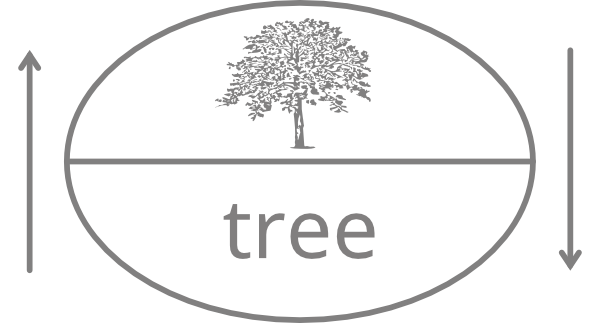Remark 2.1.1. Talking about sounds.
Note that it is a very bad idea to refer to speech sounds using graphemes, because there is no one-to-one relationship between the two. The vowel in tree can also be represented by an ⟨i⟩ (in tsunami), a single ⟨e⟩ (in be), the sequence ⟨ei⟩ (in receive), the sequence ⟨ie⟩ (in believe), the sequence ⟨ea⟩ (in leave), and more. Conversely, while ⟨ee⟩ often represents the vowel in tree, this is not always the case — it can be pronounced like the ⟨ay⟩ in way (for example in entree), like the ⟨i⟩ in bit (for example, in breeches) or like the ⟨e⟩ in pen (in Greenwhich). We will make do with this way of naming speech sounds for now, but we will introduce clear, unambiguous way in Chapter 5.

